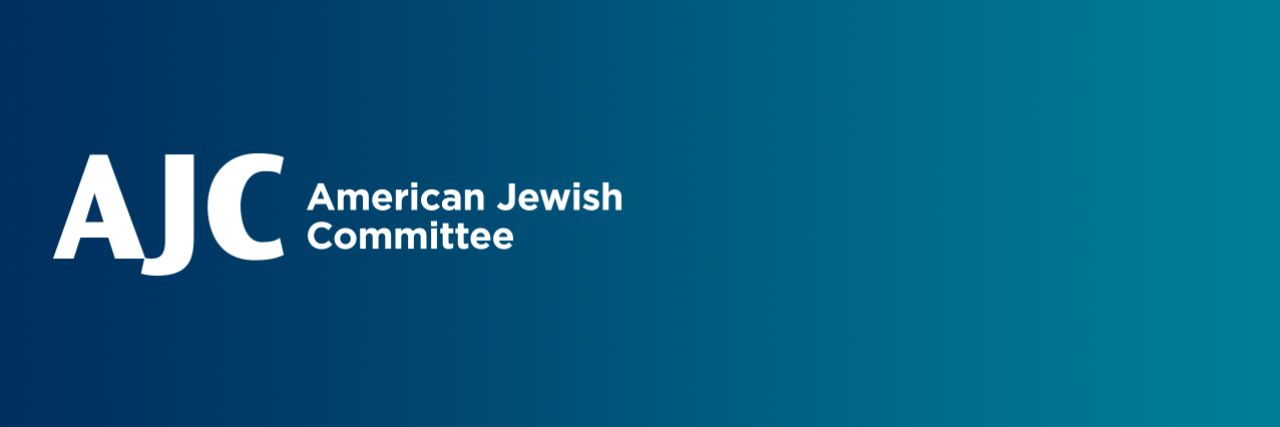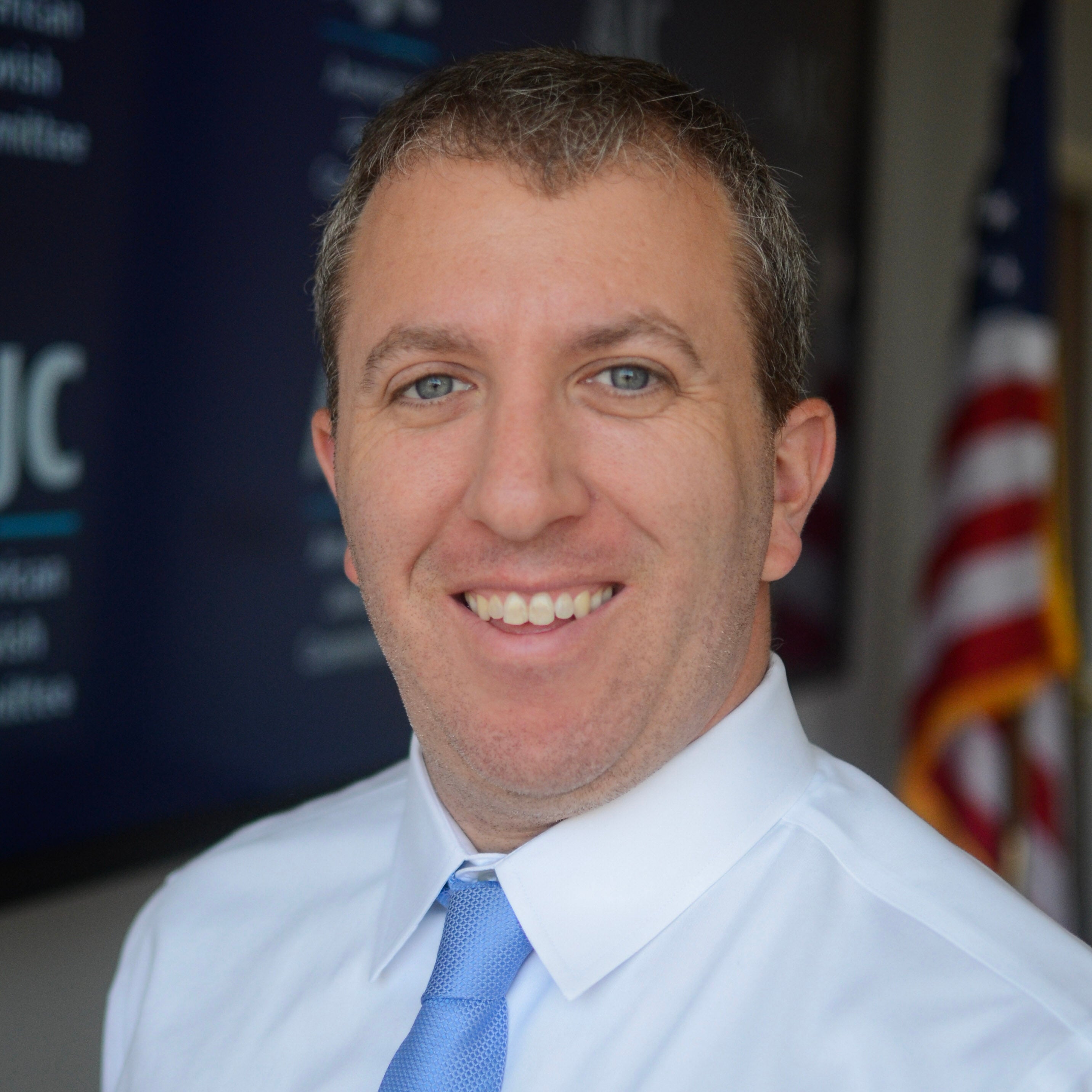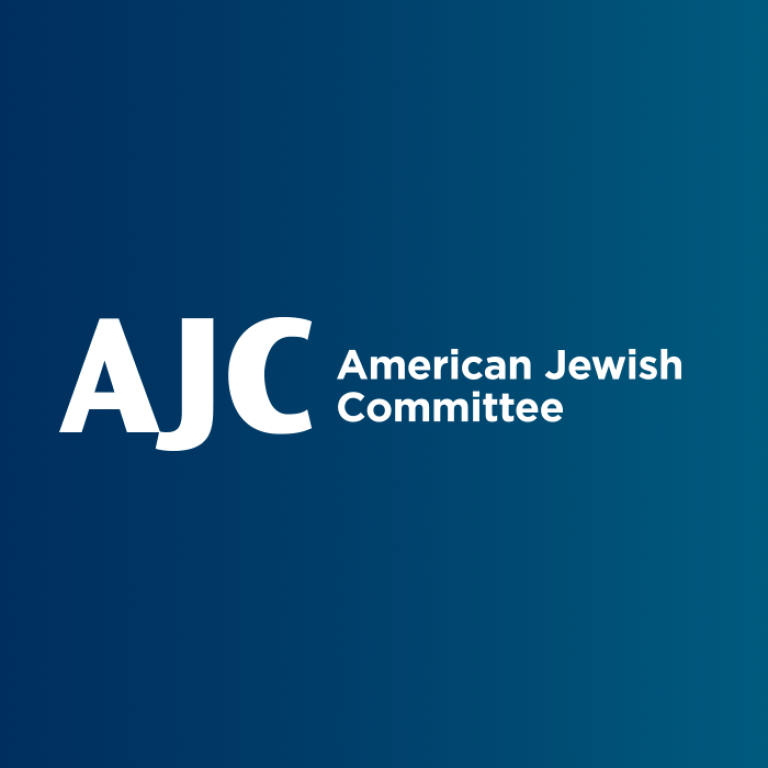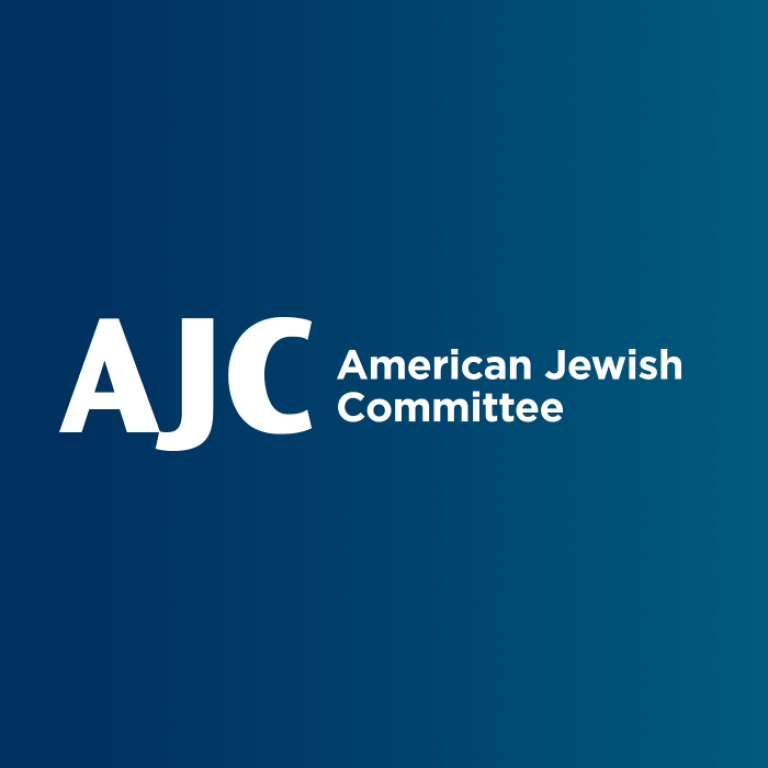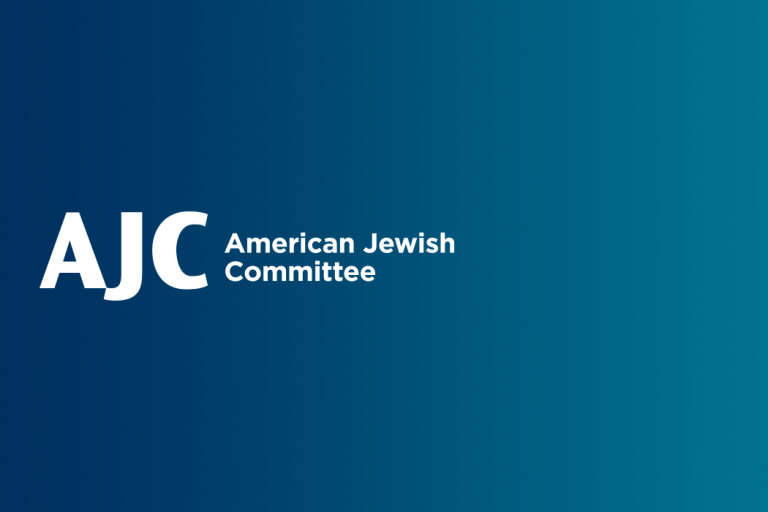November 30, 2023
Since the Hamas attack on Israel, we have seen disturbing headlines, videos, and even arrests made on college campuses across the country due to an alarming surge in antisemitism. As we justifiably focus on how to ensure the safety of Jewish university students, we cannot forget the need to combat antisemitism in K-12 schools as well.
Each week, over the last six weeks, there have been dozens of antisemitic incidents reported in K-12 schools. The actual number is likely higher because many incidents go unreported.
Elementary, middle, and high school students must be able to count on their schools to not only be safe places where they have space to explore, grow, and learn, but also spaces that value truth. Yet, Jewish students are experiencing an unprecedented wave of antisemitism not just from their peers, but also by some educators who are spreading harmful misinformation.
On November 16, the U.S. Department of Education announced seven investigations at both colleges and K-12 schools under Title VI of the Civil Rights Act regarding antisemitic and Islamophobic incidents.
Last month, a mob of students marched down a San Francisco high school hallway chanting, “From the river to the sea, Palestine will be free,” an antisemitic slogan calling for the eradication of Israel and its Jewish citizens.
In Montgomery County, Maryland a middle school teacher wrote on Facebook that Hamas’ massacre of hundreds of Jews at a music festival was a hoax and accused Israelis of killing Palestinians and selling their organs.
Swastikas have been drawn at high schools around the country, including in Connecticut, Maryland, New York, California, and Virginia.
Administrators and faculty need to recognize the danger antisemitism poses to their students and their communities and urgently take action. So what can be done to stem this tide of anti-Jewish hate and to protect Jewish students?
Schools need to mandate antisemitism training for administrators and faculty and incorporate Jews and antisemitism into their Diversity, Equity, and Inclusion (DEI) philosophies. Schools should plan events with attention to important Jewish holidays and generally become better acquainted with Jewish culture.
Antisemitism is not well understood in the U.S. and is too often lumped in with a potpourri of other bigotries, even though it is a unique pathology. By adopting the International Holocaust Remembrance Alliance’s Working Definition of Antisemitism, districts would provide a clear and widely accepted framework for identifying and addressing antisemitism to all staff.
Administrators and educators must specifically name and shame antisemitism if and when it occurs to guard against its normalization, which is the result when it is ignored, downplayed, or diluted. American Jewish Committee’s (AJC) Translate Hate glossary can be a valuable tool in understanding how antisemitism can present itself and recognizing antisemitic tropes.
In addition to using these resources, K-12 school administrators should host expert-led antisemitism education programs for different constituencies in their school communities.
Not only would these programs provide students with a better understanding of these issues and the tools they need to stop hate from spreading, it would also reassure Jewish students and their parents and guardians that their concerns are being heard and that they matter.
Schools need to prioritize students' physical safety and establish mechanisms for them to report antisemitic incidents. This could include designating a point person for students or setting up an anonymous reporting portal. We must ensure that school counselors are included in these processes.
Administrators and faculty should also engage with parents and Jewish community leaders, organize interfaith/intergroup panels, and celebrate Jewish American Heritage Month each May. Students' exposure to Judaism and the Jewish community should not only be negative, couched solely in discussions about antisemitism and the Holocaust. Jewish American Heritage Month provides an opportunity to discuss Jewish contributions to our nation, and expand students’ understanding of our nation’s thriving Jewish communities.
But all of this is not enough. Key to fighting antisemitism in school spaces is providing educators with the tools they need to feel prepared to discuss complex topics with their students. Schools must provide content and pedagogy experts to help teachers navigate the difficult terrain of antisemitism, the Israeli-Palestinian conflict, and Israel’s defensive war against Hamas.
If educators avoid these subjects for fear of not knowing how to discuss them, students instead turn to other sources like TikTok for information – a platform where support for Osama Bin Laden, the architect of the 9/11 attacks, disturbingly trended thanks to the resurgence of a 2002 letter by the late al-Qaeda leader. Too many users are expressing agreement with the letter's hate-filled content, linking it to their opposition to Israel's defensive war against Hamas, which in turn is fueling antisemitic and hateful content.
Especially in times like these, it is vital that every child knows that the adults in their midst are there to help and understand.
By educating teachers and administrators and empowering them to tackle complex topics, we can ensure they can fulfill that need.
Aaron Bregman is the Director of High School Affairs at American Jewish Committee and the former chair of the Jewish History Department at the Charles E. Smith Jewish Day School in Rockville.
